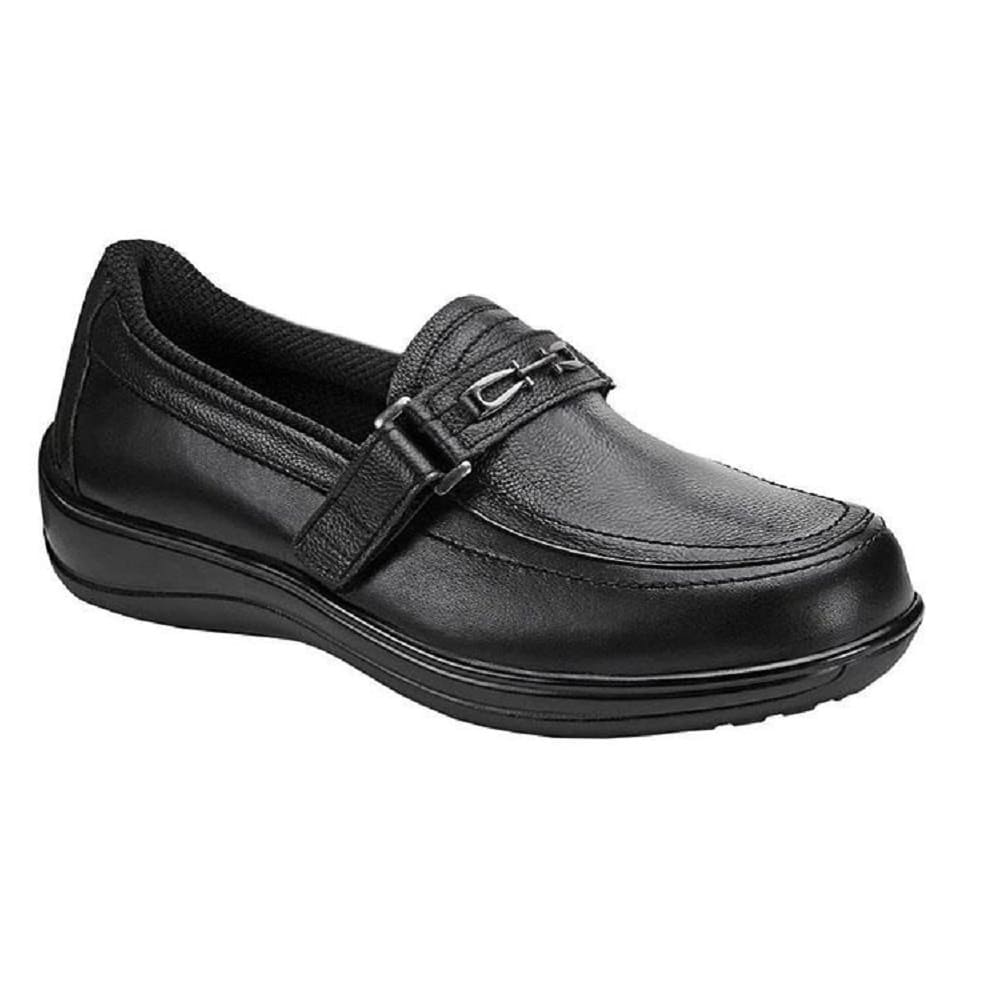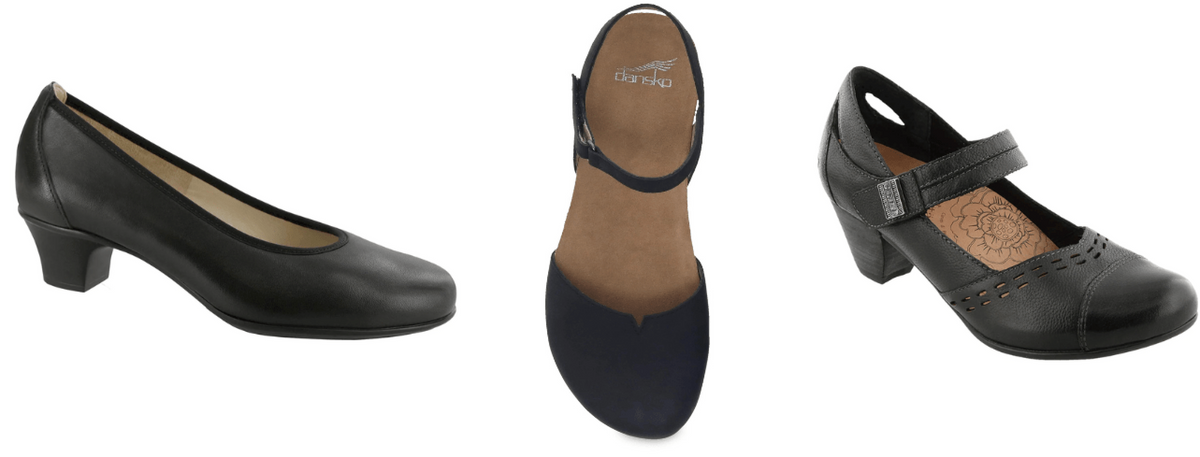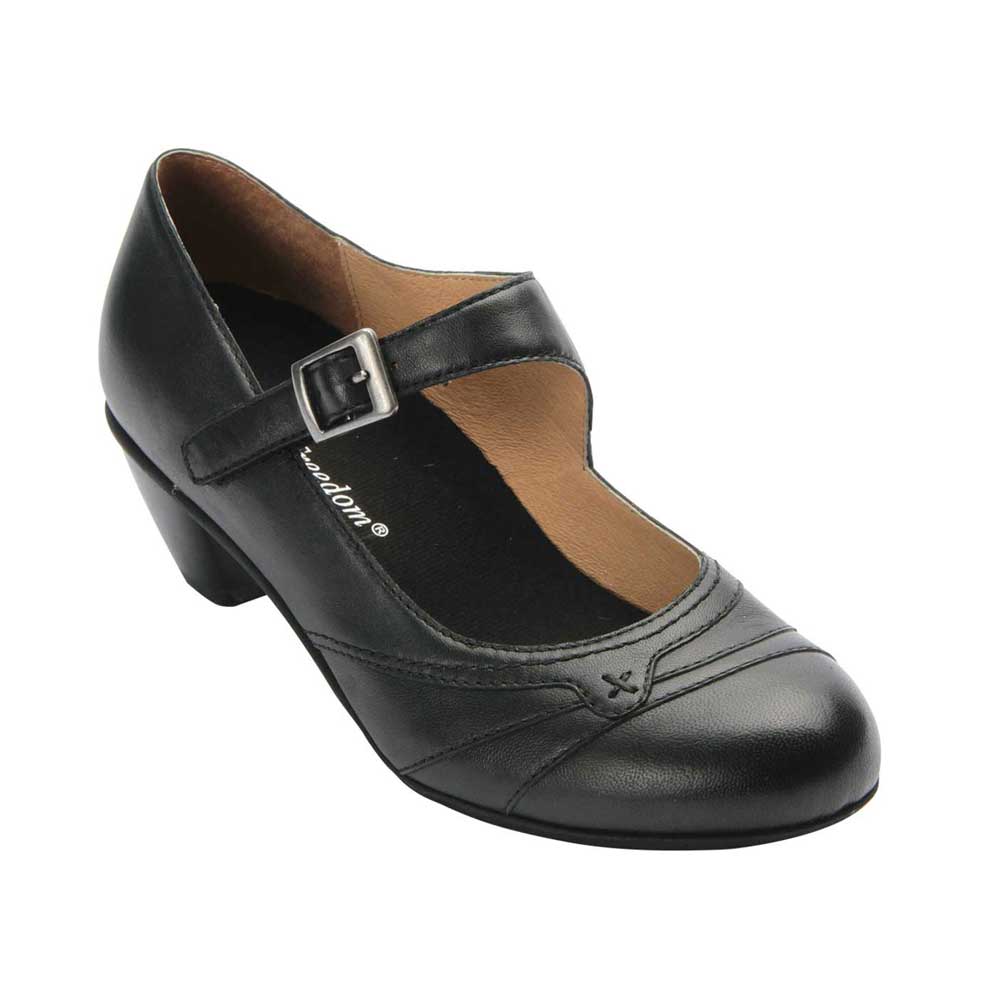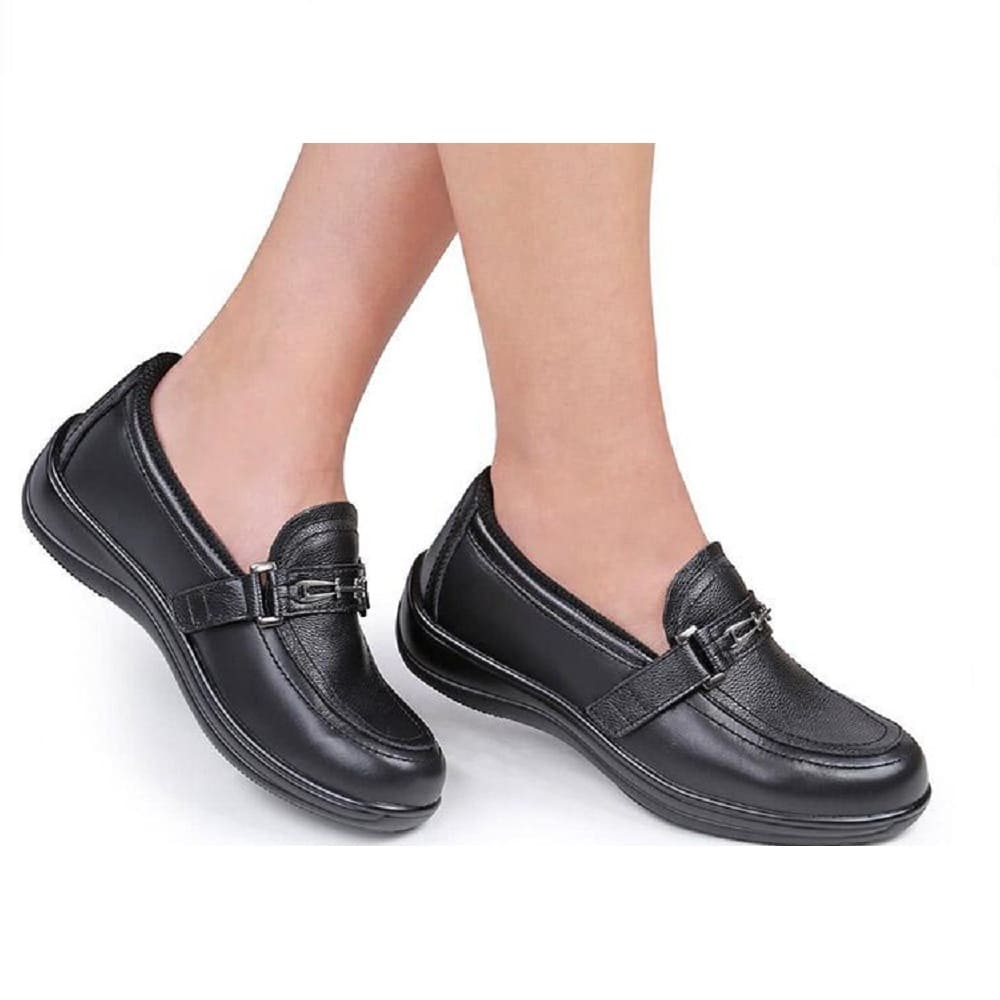The Best Orthopedic Women’s Dress Shoes for All-Day Support
Why Orthopedic Dress Shoes Are a Game-Changer
For decades, women have sacrificed comfort for style, enduring blisters, arch pain, and fatigue in the name of fashion. But the rise of orthopedic women’s dress shoes has rewritten the rules. These shoes blend medical-grade support with sleek designs, proving you don’t have to choose between looking polished and feeling great. According to the American Podiatric Medical Association, poorly designed footwear contributes to 80% of foot disorders—a statistic that underscores the importance of investing in shoes engineered for health. Brands like Vionic and Dansko now incorporate biomechanical principles, such as contoured footbeds and shock-absorbing soles, to alleviate pressure on joints. Whether you’re a nurse on a 12-hour shift or a professional navigating back-to-back meetings, orthopedic dress shoes offer a scientifically backed solution.

The Science Behind the Support
What sets orthopedic women’s dress shoes apart? The answer lies in their construction. A 2021 Harvard Medical School study highlighted three non-negotiable features: metatarsal padding to prevent forefoot pain, heel cups to stabilize motion, and flexible outsoles that mimic natural gait. Dr. Jacqueline Sutera, a renowned podiatrist, explains: “The foot’s arch acts like a spring. If it collapses due to weak support, the knees, hips, and spine compensate, leading to chronic pain.” Brands like Ecco and Clarks use 3D mapping technology to tailor insoles to foot shapes, a practice validated by the Journal of Foot and Ankle Research. For those with plantar fasciitis or bunions, wide-toe boxes and memory foam—features once exclusive to sneakers—are now discreetly integrated into loafers and pumps.

Top Picks for Every Occasion
Not all orthopedic dress shoes are created equal. For corporate settings, the Vionic Minna Ballet Flat combines a leather upper with a podiatrist-approved orthotic insole, earning a Seal of Acceptance from the APMA. Wedges, like the Dansko Nadia, distribute weight evenly to reduce lower-back strain—a feature praised by The New York Times’ Wirecutter. Meanwhile, stylish block heels from Naturalizer (endorsed by Meghan Markle) offer a 2-inch lift without compromising stability. On the affordable end, Dr. Scholl’s Madison line proves medical-grade support doesn’t require a luxury budget. The key is to prioritize shoes with adjustable straps or stretch panels, which accommodate swelling during long wear.

Debunking Myths About Orthopedic Fashion
Critics argue that orthopedic women’s dress shoes lack aesthetic appeal—a myth shattered by designers like Tory Burch, who partnered with orthotic company FootBalance to create chic, supportive footwear. As celebrity stylist Rachel Zoe tweeted: “Comfort isn’t a trend; it’s a revolution. Today’s best-dressed women wear shoes that work as hard as they do.” Another misconception is that these shoes are only for seniors. Research from the University of Bologna reveals millennials are 40% more likely to buy ergonomic shoes than Baby Boomers, driven by workplace wellness trends. The truth? Brands are now targeting fashion-forward consumers with sleek silhouettes, patent finishes, and even vegan leather options.

Where to Buy and How to Save
Ready to upgrade your wardrobe? Major retailers like Nordstrom and Zappos offer free returns on orthopedic dress shoes, allowing risk-free trials. For discounts, subscribe to newsletters from specialty brands like Alegria (frequent 20%-off promotions) or check Amazon’s “Orthopedic Essentials” section during Prime Day. Physical stores like The Walking Company provide gait analysis to ensure perfect fits—a service worth the extra cost. Remember: a $150 pair that lasts five years is cheaper than replacing $50 shoes annually. Your feet—and your future self—will thank you.

The era of painful footwear is over. With advances in materials and design, orthopedic women’s dress shoes deliver uncompromising support without sacrificing style. Walk confidently, knowing every step is backed by science.
